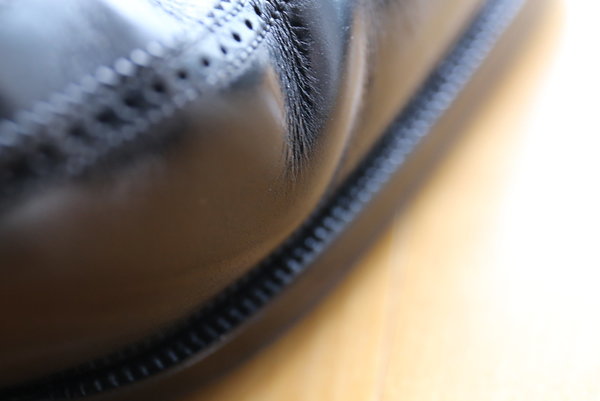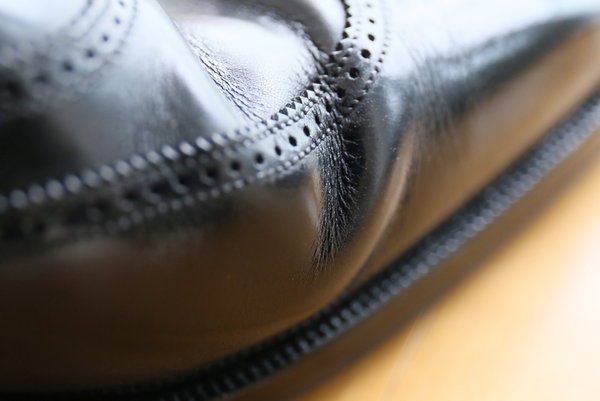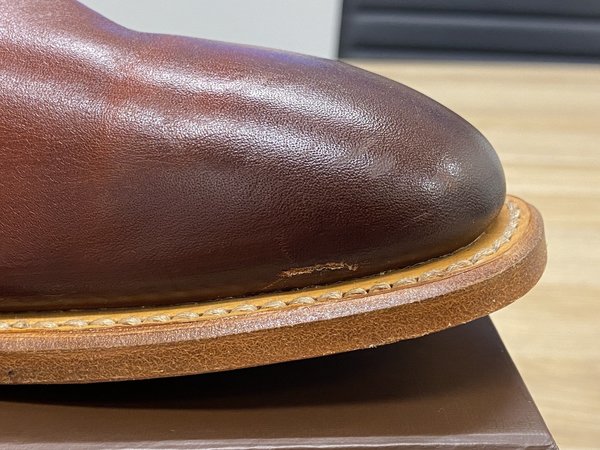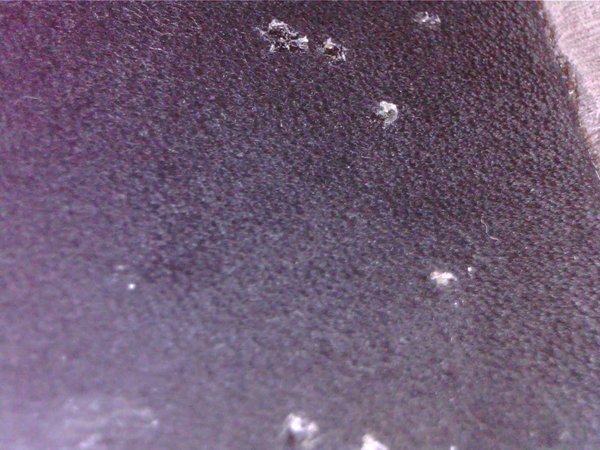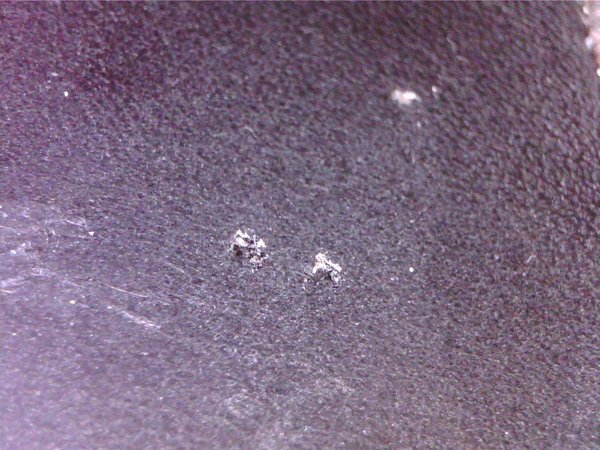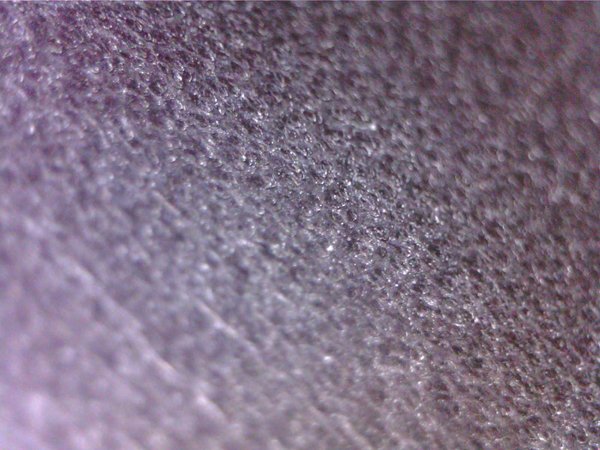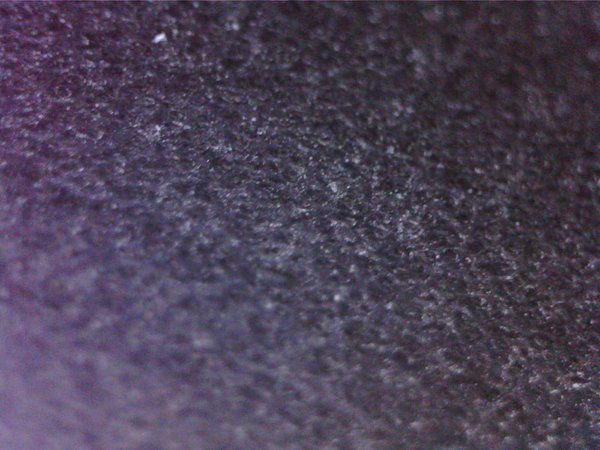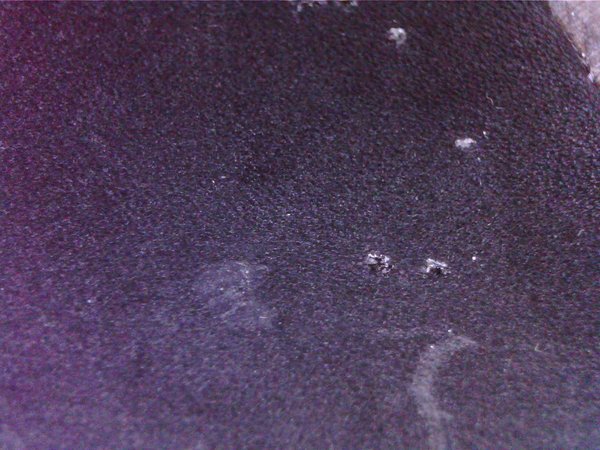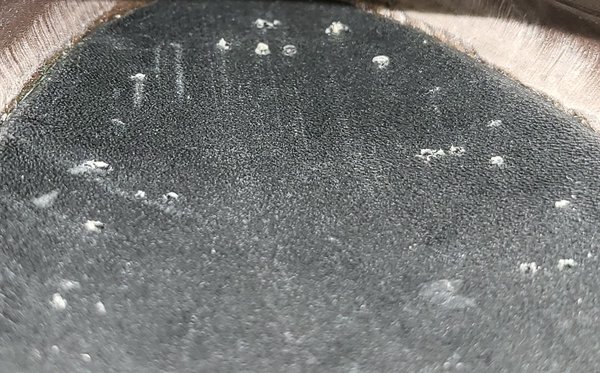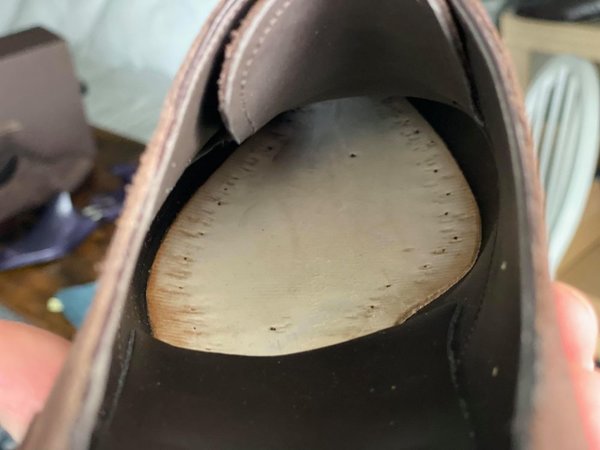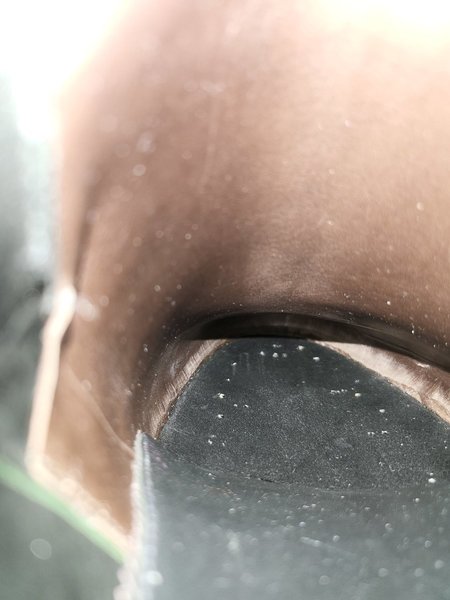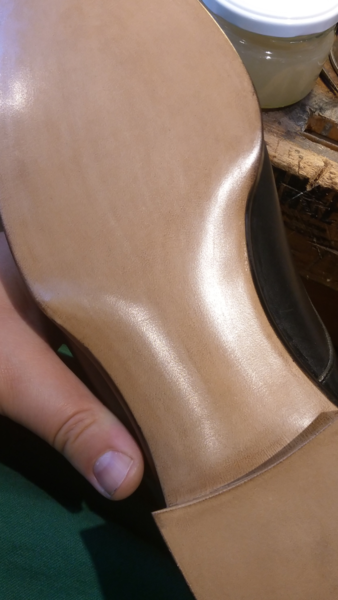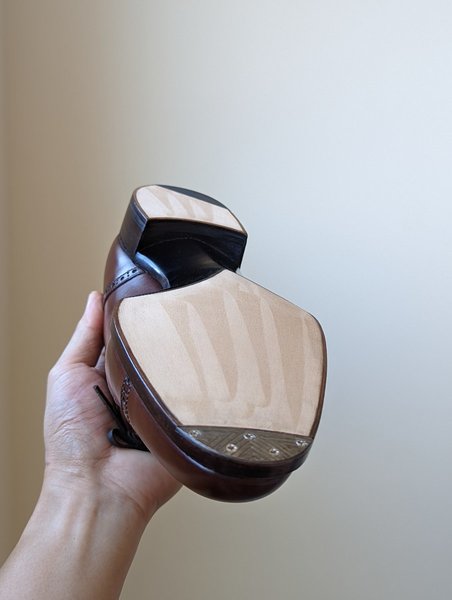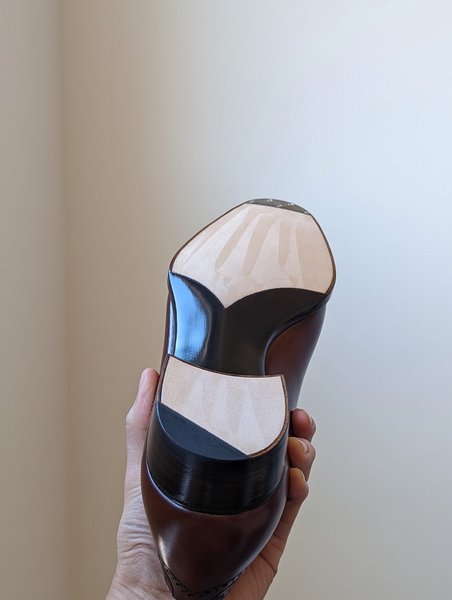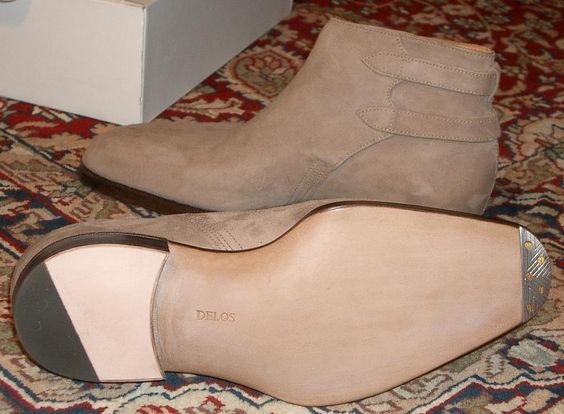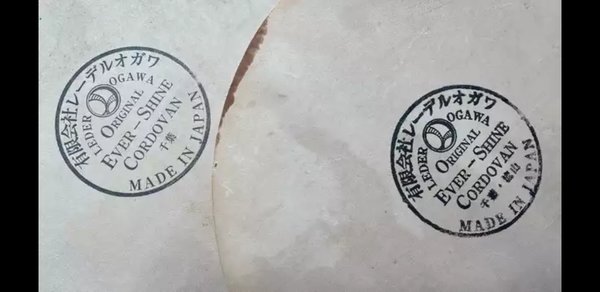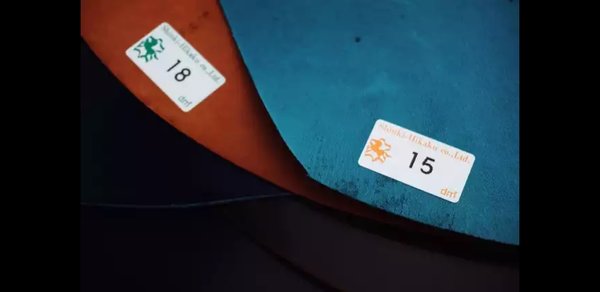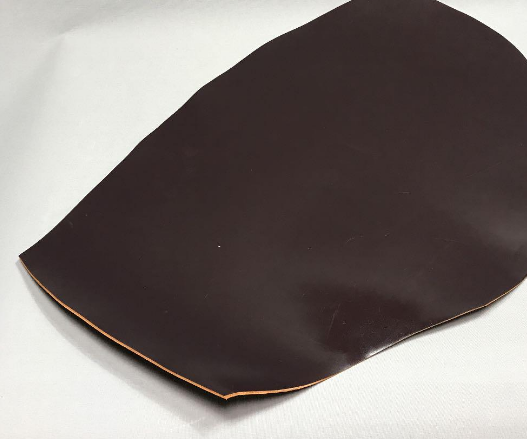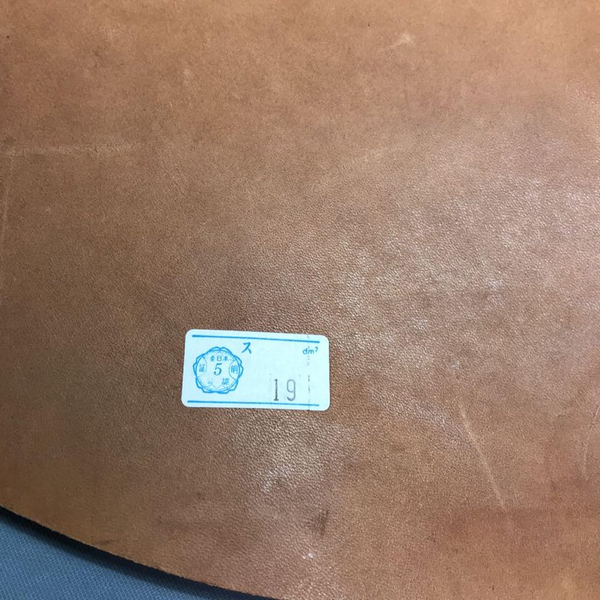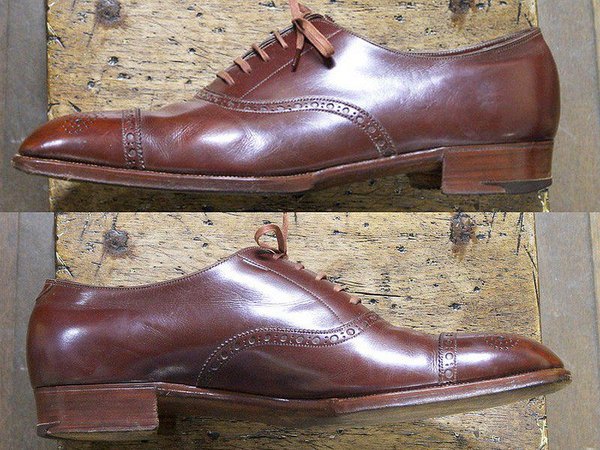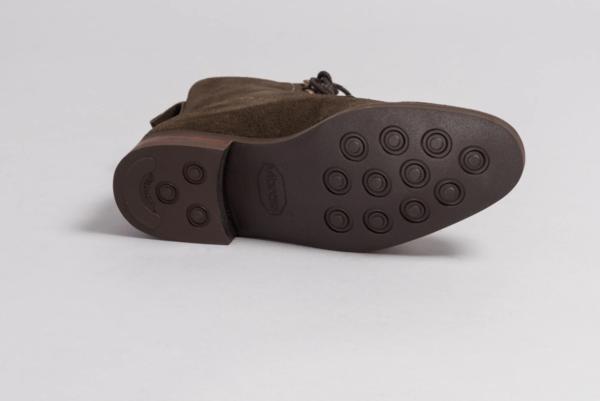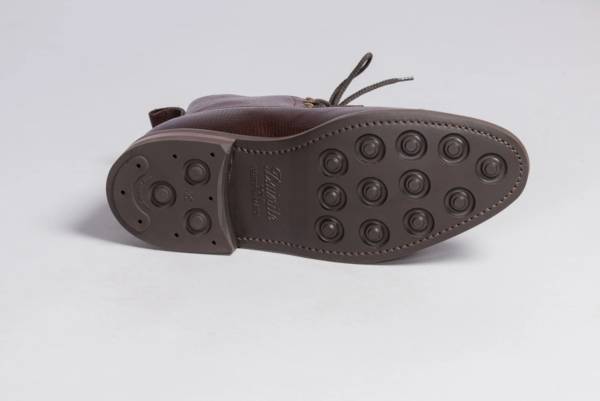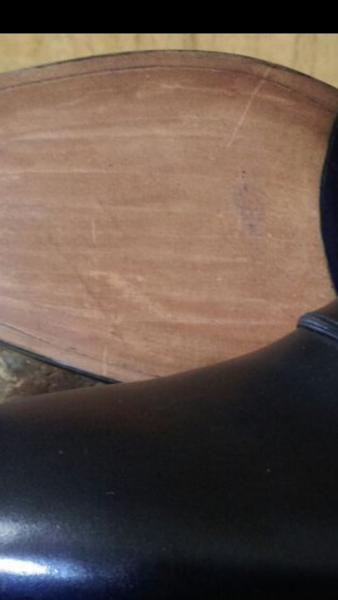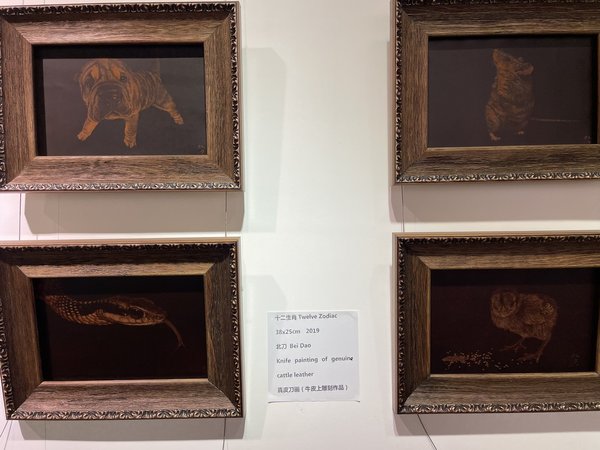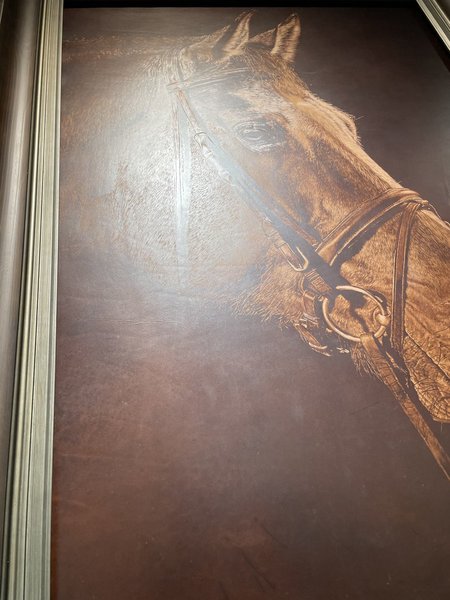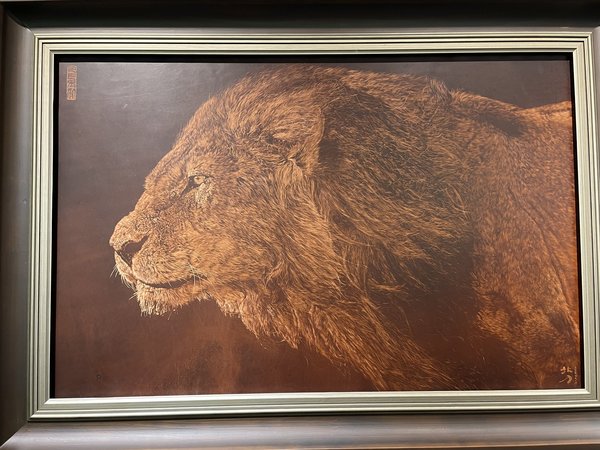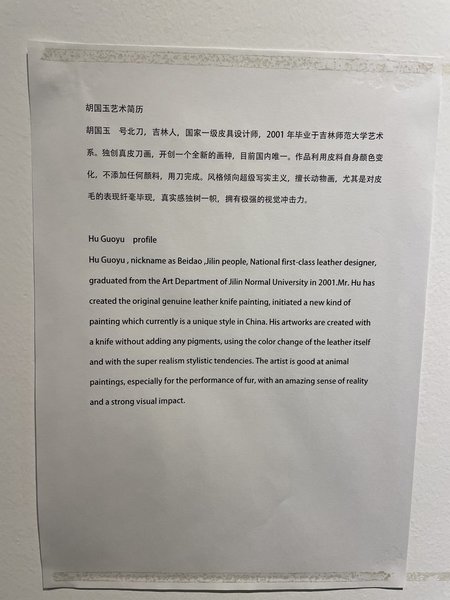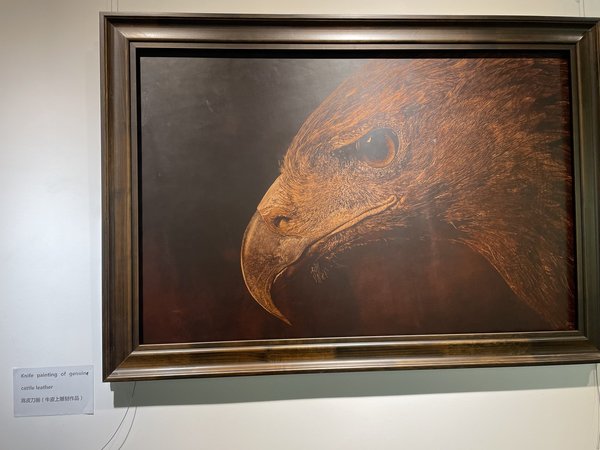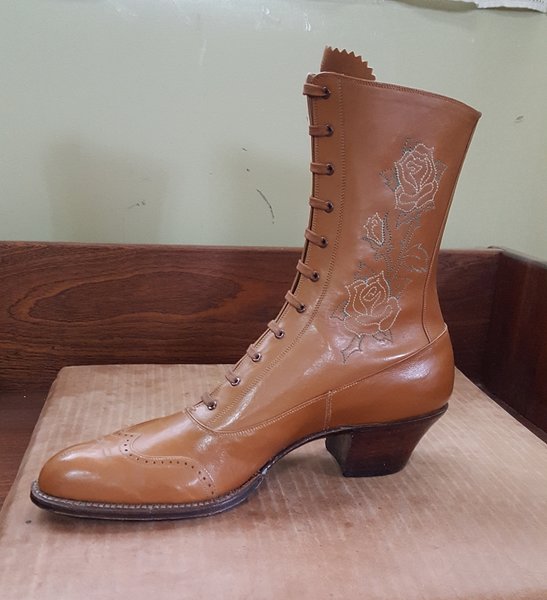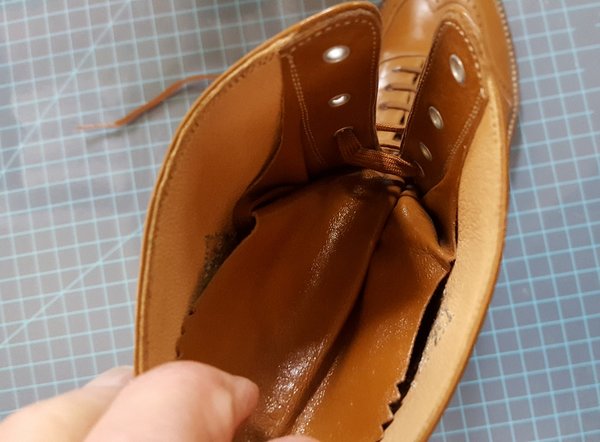- Joined
- Jan 8, 2008
- Messages
- 10,132
- Reaction score
- 5,714
Yes, of course, it must be. But the maker does that automatically--balancing the shoe with the last in it. A cobbler guesses. Because he doesn't have the last. And no matter how good the guess, it's still a guess. What ends up going missing is objectivity...and accountability.
If last balance is important...and it should be...what goes under the forepart must also go under the heel. And vice versa.
And all those things cause the breakdown of the foot and the shoe. A person may not notice it right away, but when as simple and as common a situation as a top lift wearing down occurs, the foot immediately starts to readjust to the new position. And it starts to break down.
Wear a heel down far enough and the foot starts to supinate (for most people). Eventually the shoe cannot recover even when a new heel is mounted. And ignored long enough, the foot itself will not be able to recover even when a new shoe is purchased. The foot will continue to try to supinate simply because the ligament structure has broken down.
Are these things minor?...depends on your point of view and how long your view is. How rigorous and accountable...or incurious and perfunctory...your thinking is.
And sometimes it just depends on your body structure, health, and such. Sometimes major skeletal problems--spinal misalignment, backache, etc., result...right away.
No, it won't misalign the last balance...the last is a static form that is not affected by wear on the artifact made over the last. But it will throw off the shoe balance, for certain.
--
How about using the same last for HAF sole, i.e., double sole up front, single sole at the waist. With that, heel hight should be adjusted higher to compensate for the thicker/higher front?
Yes, of course, it must be. But the maker does that automatically--balancing the shoe with the last in it. A cobbler guesses. Because he doesn't have the last. And no matter how good the guess, it's still a guess. What ends up going missing is objectivity...and accountability.
If last balance is important...and it should be...what goes under the forepart must also go under the heel. And vice versa.
Or, say, a worn shoes with top lift replacement. The outsole is worn thinner but the top lift is brand new, making the heel height relatively and slightly higher than it should be.
And all those things cause the breakdown of the foot and the shoe. A person may not notice it right away, but when as simple and as common a situation as a top lift wearing down occurs, the foot immediately starts to readjust to the new position. And it starts to break down.
Wear a heel down far enough and the foot starts to supinate (for most people). Eventually the shoe cannot recover even when a new heel is mounted. And ignored long enough, the foot itself will not be able to recover even when a new shoe is purchased. The foot will continue to try to supinate simply because the ligament structure has broken down.
Are these things minor?...depends on your point of view and how long your view is. How rigorous and accountable...or incurious and perfunctory...your thinking is.
And sometimes it just depends on your body structure, health, and such. Sometimes major skeletal problems--spinal misalignment, backache, etc., result...right away.
In both cases, it will misalign the shoe/last balance from a couple mm differential.
No, it won't misalign the last balance...the last is a static form that is not affected by wear on the artifact made over the last. But it will throw off the shoe balance, for certain.
--
Last edited:

